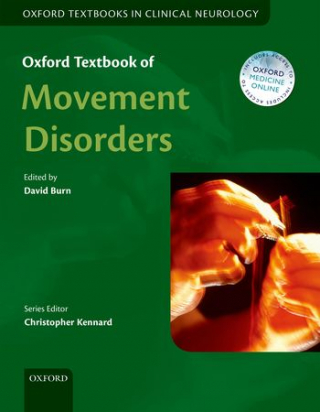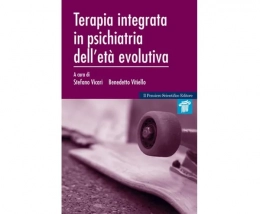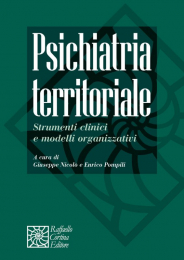Non ci sono recensioni
|
Part of the accessible Oxford Textbooks in Clinical Neurology series, this volume covers the basic science and clinical concepts underlying the movement disorders, as well as the diagnosis and treatment of individual hypokinetic and hyperkinetic movement disorders. Specifically written to aid understanding and treatment of a wide range of movement disorders, this textbook includes a useful section covering miscellaneous causes of disordered movement, which are routinely encountered by neurologists. It is also supplemented with illustrative video clips that can be accessed through the concurrent online edition. Although firmly rooted in evidence-based management approaches, the authors included their own top tips and experience on the management of difficult cases where no current guidance exists, engaging the reader and providing a better feel for handling real-world clinical problems. The Oxford Textbook of Movement Disorders is an indispensable reference for neurologists and senior trainees in neurology, as well as any physicians advising people with movement disorders. |
1: Gerald Stern: Overview and historical perspective
2: David J. Burn: Approach to history taking and examination of the movement disorder patient
3: Glenda M. Halliday, Rachel Tan and Heidi Cartwright: Neuroanatomy for the movement disorder specialist
4: Thomas Wichmann: Functional aspects of the basal ganglia
5: Carla Cordivari: Electrophysiological approaches to the movement disorder patient
6: David J. Brooks: Movement disorders: structural and functional imaging
7: Jose Bras and John Hardy: Genetic techniques, impact, and diagnostic issues in movement disorders
8: Sabine Spielberger and Werner Poewe: Overview of parkinsonism and approach to differential diagnosis
9: Anthony H. V. Schapira and David Gallagher: PD: Premotor features, diagnosis, and early management
10: Susan H. Fox, Binit Shah, Richard Walsh and Anthony Lang: PD: Advanced disease, motor complications, and management
11: Eduardo Tolosa, C. Gaig and L. Acevedo: Non-motor symptom management in Parkinson's disease
12: Susanne A. Schneider and Christine Klein: The many faces of parkinsonism - a review of the Parkinson look-alike syndromes
13: Gregor K. Wenning and Florian Krismer: Multiple system atrophy (MSA)
14: David R. Williams: Progressive supranuclear palsy and corticobasal degeneration
15: A.W. Lemstra, H. Seelaar and J.C. van Swieten: Primary dementia syndromes and parkinsonism
16: Steffen Paschen and Günther Deuschl: Essential tremor and other tremors
17: Kailash P. Bhatia, M. Stamelou and S. Bressman: Dystonia: an overview
18: Antonio A. Elia and Alberto Albanese: Primary dystonia
19: Julie Phukan and Thomas Warner: Other dystonias
20: Roger A. Barker and Josef Priller: Huntington's disease
21: Edward Wild and Sarah Tabrizi: Huntington's disease look-alikes
22: Francisco Cardoso: Non-degenerative choreas
23: Oliver Bandmann: Wilson's disease
24: Erika F. Augustine and Jonathan W. Mink: Tic disorders and stereotypies
25: Marina A. J. Tijssen: Myoclonus
26: Melissa J. Armstrong and William Weiner (deceased): Paroxysmal movement disorders
27: George Koutsis and Nicholas W. Wood: Hereditary and acquired cerebellar ataxias
28: Shyamal H. Mehta, John C. Morgan and Kapil D. Sethi: Drug-induced movement disorders
29: Leslie J. Cloud and Joseph Jankovic: Systemic disease and movement disorders
30: Paul J. Reading: Sleep-related movement disorders
31: Isabel Pareés and Mark J. Edwards: Psychogenic movement disorders




